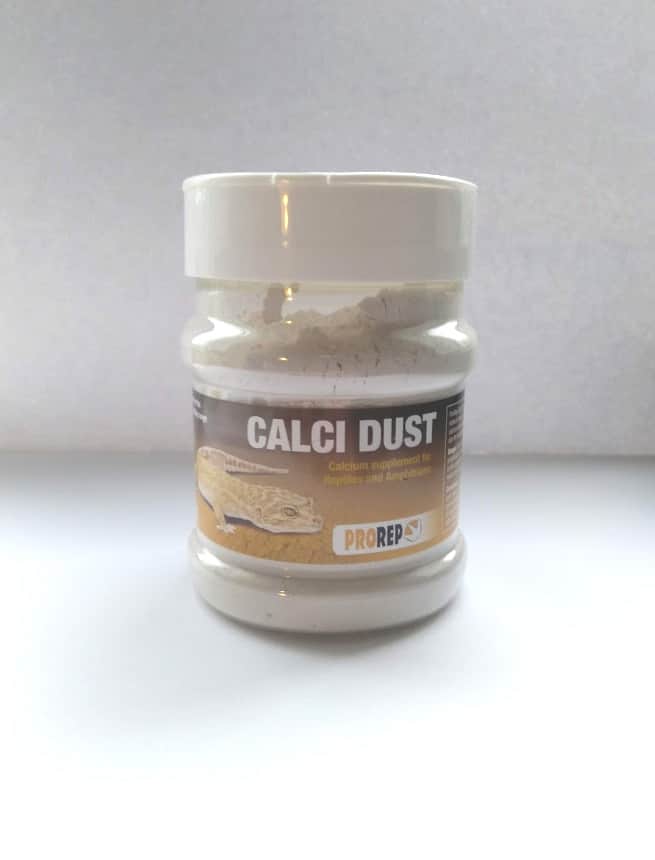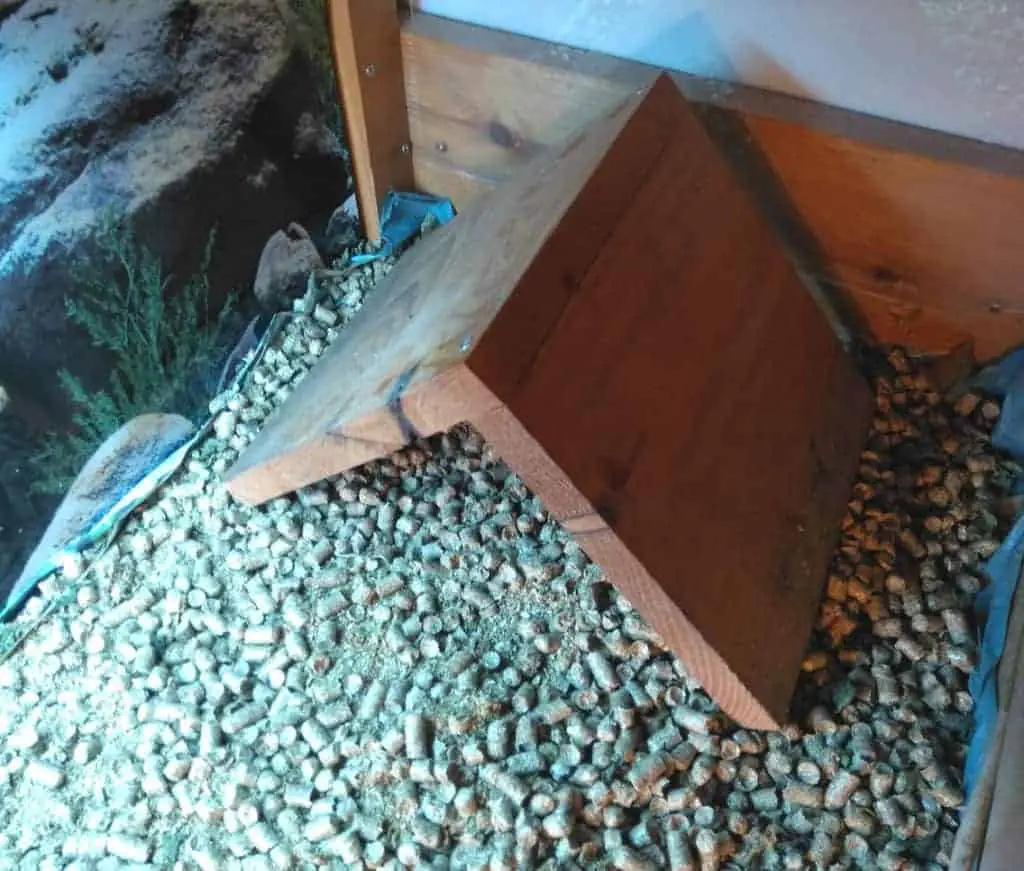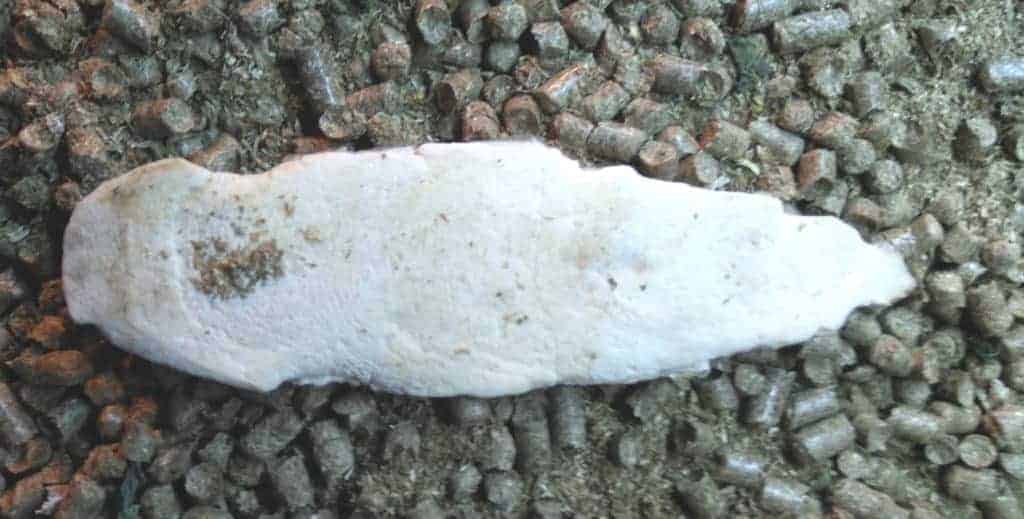
People often think of tortoises as a lazy man’s pets; you don’t have to take them for walks, they don’t require any kind of training, and they don’t really need any physical attention of affection. This leads to the common misconception that they’re easy to look after, and that you can more or less forget about them, save for throwing a few lettuce leaves and a fresh tray of water in their enclosure every day.
Of course we all know nothing could be further from the truth (read this article for more on that); sure they don’t require cuddles and baby talk to stay happy, instead there’s a different set a of requirements for a tortoise, which essentially revolve around making sure their environment is maintained and monitored to make sure it suits their needs at all times.

The items at the top of this list of requirements include the ever ubiquitous tortoise table or vivarium, an optimal temperature gradient, a UV light, and a regular supply of fresh food and water. These are the ‘essentials’ if you like, without these you stand a very real risk of your tortoise quickly perishing.
Keeping a Thriving Tortoise
Just because you’ve got the essentials covered however, doesn’t mean that’s the end of the story. Too many people keep tortoises that merely ‘survive’, when in fact the real goal should be to have a tortoise that ‘thrives’.
People sometimes have a hard time grasping how a thriving tortoise differs from a surviving one, probably because a tortoise’s behaviour is difficult to gauge. This might well be true, but that doesn’t mean they don’t experience feelings ranging from distress to satisfaction just like any other creature.
In fact because a tortoise can’t communicate how it feels, your job of caring for it properly is even more important, it means you can never be lax or take your eye off the ball, the tortoise can’t indicate if it’s in distress or needs your help, so it’s up to you to constantly monitor and pander to its needs.
Going the Extra Mile
Providing your tortoise with an environment that allows him or her to thrive is really the same as it is for a person, for example you want to be able to:
- Provide an interesting and stimulating environment
- Provide a suitable substrate for bedding and burrowing
- Provide an area for the tortoise to retreat when it wants to rest and feel safe from predators (whether real or not)
- provide items that optimise physical health besides food and water
Provide an Interesting and Stimulating Environment
Keeping a tortoise as a pet, particularly a young one, means keeping it contained within, well effectively a box. This doesn’t sound like a particularly pleasant experience on its own, so it’s important to try and make it as interesting as a box can possibly be.
Scenery
There are a number of items readily available from pet shops and reptile specialists that are suitable for making a tortoise enclosure a more interesting place to be. It’s important to buy items that are specially designated for use in reptile enclosures, particularly when it comes to natural items such as twigs or pieces of wood. You shouldn’t simply place pieces of wood you find on the floor in with your tortoise as it won’t have been treated to clean it of potential parasites as a commercially available piece will have been.
A couple of pieces are all that’s normally needed to keep your tortoise amused, don’t go overboard with too many items or else your tortoise might feel trapped and won’t have enough space to simply walk around and exercise.
Substrate
The word substrate as it pertains to tortoises relates to the loose substance that forms sits on the floor of a tortoise table or terrarium. A good substrate serves two key purposes
- As a ‘bedding’ material that is comfortable for the tortoise to be stood or sat on day and night.
- Suitable for burrowing into, as tortoises love to burrow
A quick Google search throws up as many suggestions for possible substrates as you might care to imagine. Whichever substance you choose first and foremost it’s important that it isn’t harmful to the tortoise in any way. So nin-sterilized topsoil for example would be a no-no, as it might contain pesticides or other substances that could be harmful to the tortoise if ingested. A substance like sand on the other hand, whilst not necessarily toxic, could irritate the tortoise, especially if it were to get into its eyes. Sand also runs the risk of becoming hard and compacted, and therefore no good for burrowing.
A good choice is a special sterilised topsoil, it’s inexpensive, soft and chemically safe. It’s very popular with novice tortoise owners as it’s a safe choice before you’re familiar with the idiosyncrasies of tortoise husbandry. Whilst sterile topsoil works for most tortoise species, it’s particularly suitable for tortoises that originate in wet or forest habitats as it can easily be kept damp to suit their required humidity levels.
Personally however I prefer compacted straw pellets as I find these easier to manage and replace/clean out, plus being a dry substrate they are better suited to tortoises that hail from dry and arid locations, as my Hermann’s tortoise does. The pellets are also a different colour to stray salad leaves and tortoise poo, and also disintegrate when they get wet, so it’s easy to see when they’re soiled and need to be replaced.
In terms of actually applying the substrate, the generally accepted rule, is ‘the more the better’, I personally put down a layer of about 7cm, as this gives the tortoise a good depth to burrow into, given that he himself is only about 9cm long. Obviously the larger the tortoise the greater the depth you need to allow for.
Retreat Space

Just as they would in the wild, tortoises need to have the option to both forage out in the ‘open’ and retreat back to the sanctuary of an enclosed space away from predators. Of course in the sanctuary of your home there are no predators (or if there are they should be kept away from the tortoise), but in any case your tortoise is only able to operate under its instincts and as far as he or she is concerned, needs to be able to retreat from predators, or else suffer significant distress, especially when they are startled and have nowhere to escape to.
A retreat space is simply a covered area within your tortoise’s habitat which they can go into. It should block out the light from above, effectively making it feel like being under a rock or in a small cave or burrow.
Retreat spaces range from the very simple; like a two planks of wood joined at right angles to make a ‘roof’ like structures, as in my case; or to make things more interesting the are a range of stone and ceramic options available in various shapes, from rocks to small castles.
Other Items To Optimise Physical Health Besides Food, a Safe Enclosure & Lighting
Thermometer
Arguably I could include this as part of a list of tortoise ‘essentials’, although having a thermometer is perhaps more critical if you live in a particularly cold house. None the less keeping a thermometer in your tortoise enclosure can be a useful check and peace of mind that your tortoise is able to access an area of sufficiently high temperature throughout the day.
With a Hermann’s tortoise for example, you should aim for the basking temperature below the heat lamp to be between 32˚C – 38˚C during the day, and having a thermometer to hand will allow you to check that you’re achieving this with your current set up. If you’re not, you can adjust the mounting of the heat lamp, or try a more or less powerful lamp such that the temperature is optimised.
With the correct set up – a heat lamp at one end of the tortoise table, you won’t need to worry about adjusting the temperature throughout the day as there should be a natural temperature gradient from high to low the further away the tortoise moves from the heat lamp.
Scratching Stone
The need for a claw scratching stone is a subject of some debate among tortoise owners. Some would argue that a sufficient amount of substrate to encourage regular burrowing will keep a tortoise’s claws sufficiently trimmed. However a tortoise that realises it’s confined to a small space like a tortoise table will soon start scratching at the walls to try and escape, it’s inevitable.
Now make no mistake, clawing at the walls, whilst a sign of occasional dissatisfaction for the tortoise, isn’t a major cause for concern. However what it does mean is that the walls of your tortoise table (and in my case the backdrop image) will get damaged in time.
To avoid this it’s worth investing in a scratching stone, these are usually a flat slab that can be placed underneath items such as water and food bowls, thereby slightly filing away any claw growth every time your tortoise heads over for a drink or bite to eat.
Cuttlebone or Tortoise Block

Whilst a regular diet of salad leaves such as rocket (Arugala) will provide your tortoise with almost all of the nutrition he or she requires, it is worth having an additional source of calcium to supplement their diet. Calcium is particularly important for the development and maintenance of a healthy shell, which obviously forms a big part of the tortoise anatomy!
A cuttlefish bone, or commercially manufactured ‘tortoise block’ are the ideal source of additional calcium (and more in the case of the tortoise block), and they also serve the additional purpose of keeping the tortoise’s ‘beak’ (effectively the overhanging top lip) trimmed back. This is important because if this gets too long it can impair the tortoise’s ability to bite and chew food properly.
Calcium Supplement
The trouble I’ve found with the cuttlefish bone and tortoise block is that the tortoise (quite naturally I’m sure) only chooses to chew it on occasion, meaning that as a daily source of additional calcium it’s not as effective as it could be. To get round this you can sprinkle a light dusting of calcium supplement over your tortoise’s salad leaves each day to ensure he or she gets the calcium top up they require.

